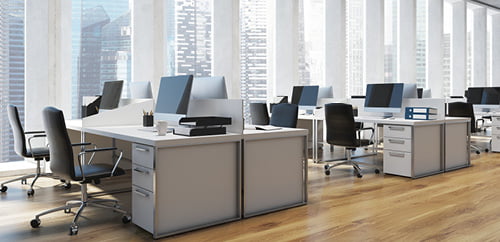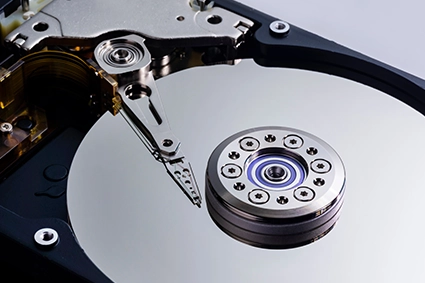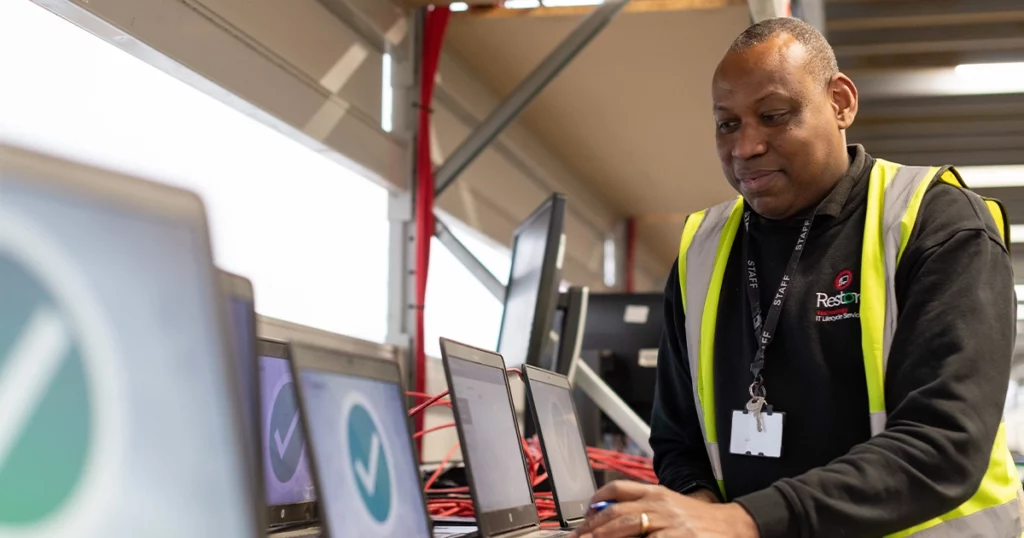When you have old and obsolete IT equipment in your business that you need to safely dispose of, then it is not simply a case of packing up the hardware and putting it out with your regular rubbish collection.
There are strict data protection protocols that you need to follow to ensure you are not putting your company at risk of any data breaches or exposure of your sensitive information to criminals such as ID fraudsters.
Restore can safely dispose of your redundant IT equipment in accordance with current data protection laws. This involves performing data destruction and environmentally friendly disposal methods. Data destruction is the process of destroying any confidential and sensitive data that you have stored on tapes, hard disks, memory cards and other forms of electronic data storage media so that your stored data is completely unreadable and useless for criminals to use for unauthorized purposes.
When your data is deleted from your IT equipment, it is no longer accessible by the operating system or via any application that originally created it. However, simply deleting a file yourself is not enough to protect yourself from data breaches or data theft. You need to put your data storage devices through professional data wiping systems before it becomes completely irretrievable.
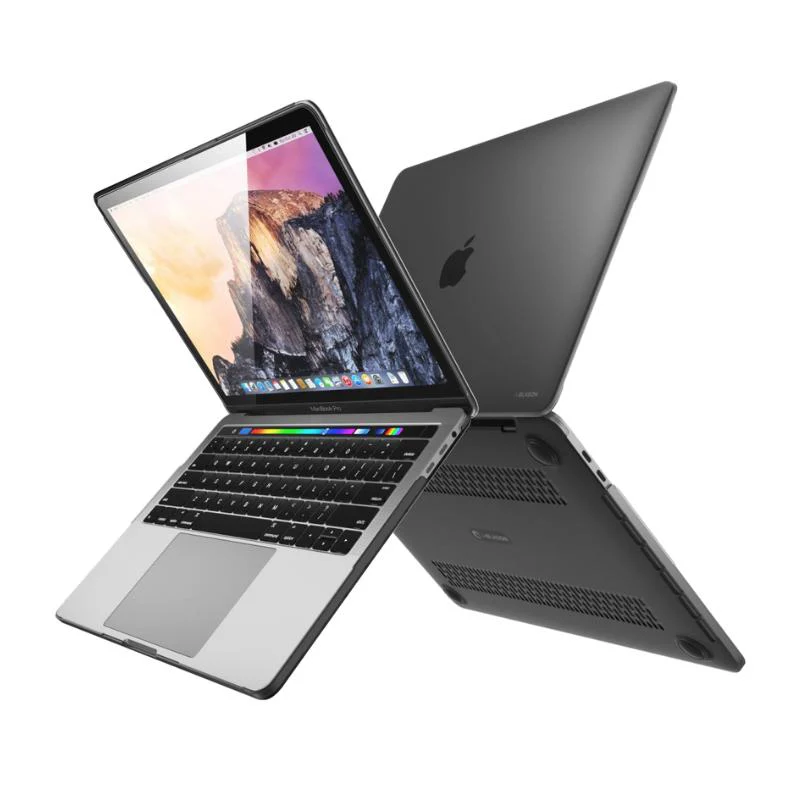
IT Destruction Methods
There are various methods that can be used to destroy data such as degaussing, which destroys data on magnetic storage tapes and disk drives by altering the magnetic field. Media storage devices can also be physically destroyed by processing through a mechanical shredder that will completely destroy optical media, hard disk drives and magnetic tapes.
Finally getting around to sorting out your old and obsolete equipment for professional IT destruction can be a very positive thing, especially because of the office space it will free up to be used more constructively. However, business owners are warned not to leave it too long before having a good clear out of your old IT equipment as this can leave you open to some risks. Here are some valuable tips about the care and management of your IT equipment.
Never stockpile your old hard-drives
While it may be tempting to simply remove the hard drives from your old PCs and laptops and throw them into an empty cupboard in the office, you are still leaving yourself open to the risk of the disk being stolen, or accidentally being disposed of in an unsafe manner by an unwitting member of staff.
There are even some businesses that still don’t have any IT destruction best practices in place. Even if you think your old disks and storage devices are safe by being locked away in a cupboard, the information stored on those devices can still be accessed by determined criminals.
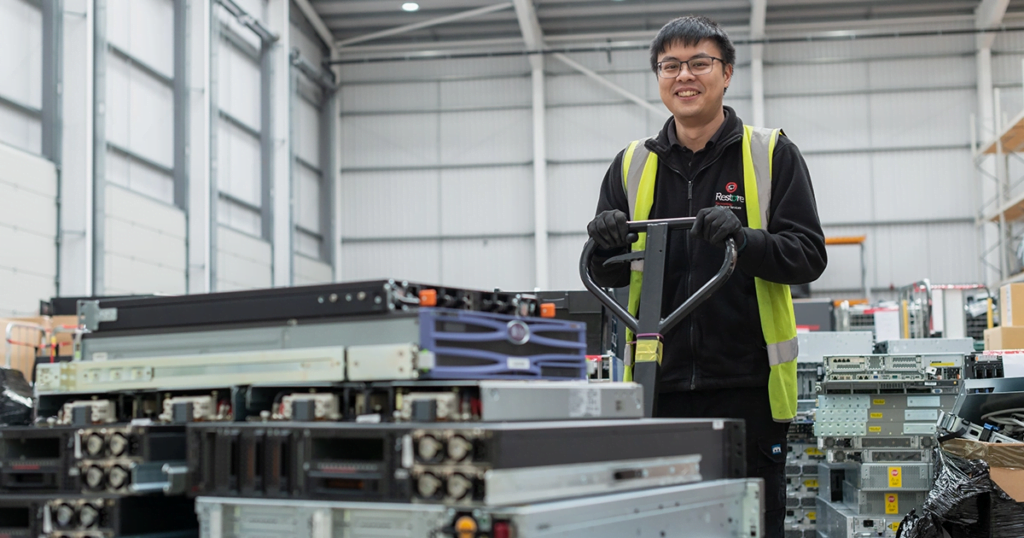
IT Destruction – To DIY or not to DIY?
While it may be an appealing thought to go down the DIY route to IT destruction, it may not leave you feeling as good as you might think! Tackling your own data destruction with a bit of elbow grease and a handy hammer may look like a good option, but there is still no guarantee that some data could still be lifted from your equipment.
Trust in Restore to professionally dispose of your data storage devices in a secure manner that complies with all current data protection laws and WEEE regulations. You will also be issued with a detailed Certificate of Media Destruction on the completion of the work. This gives you the proof you need to cover your audit trail and confirms the final destruction of your sensitive data.
With Restore, you can feel rest assured that no confidential data is retrievable after going through our IT destruction procedures.

